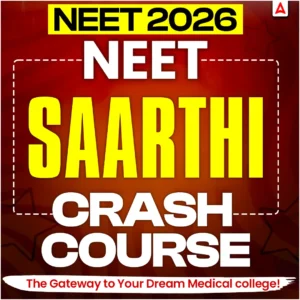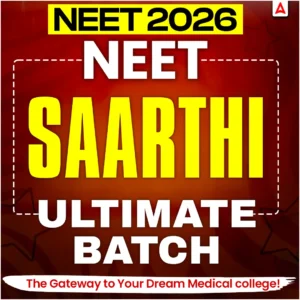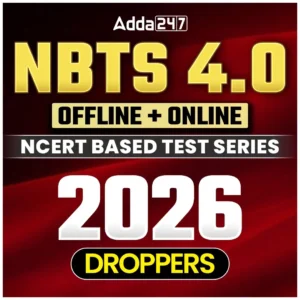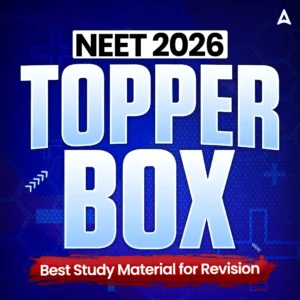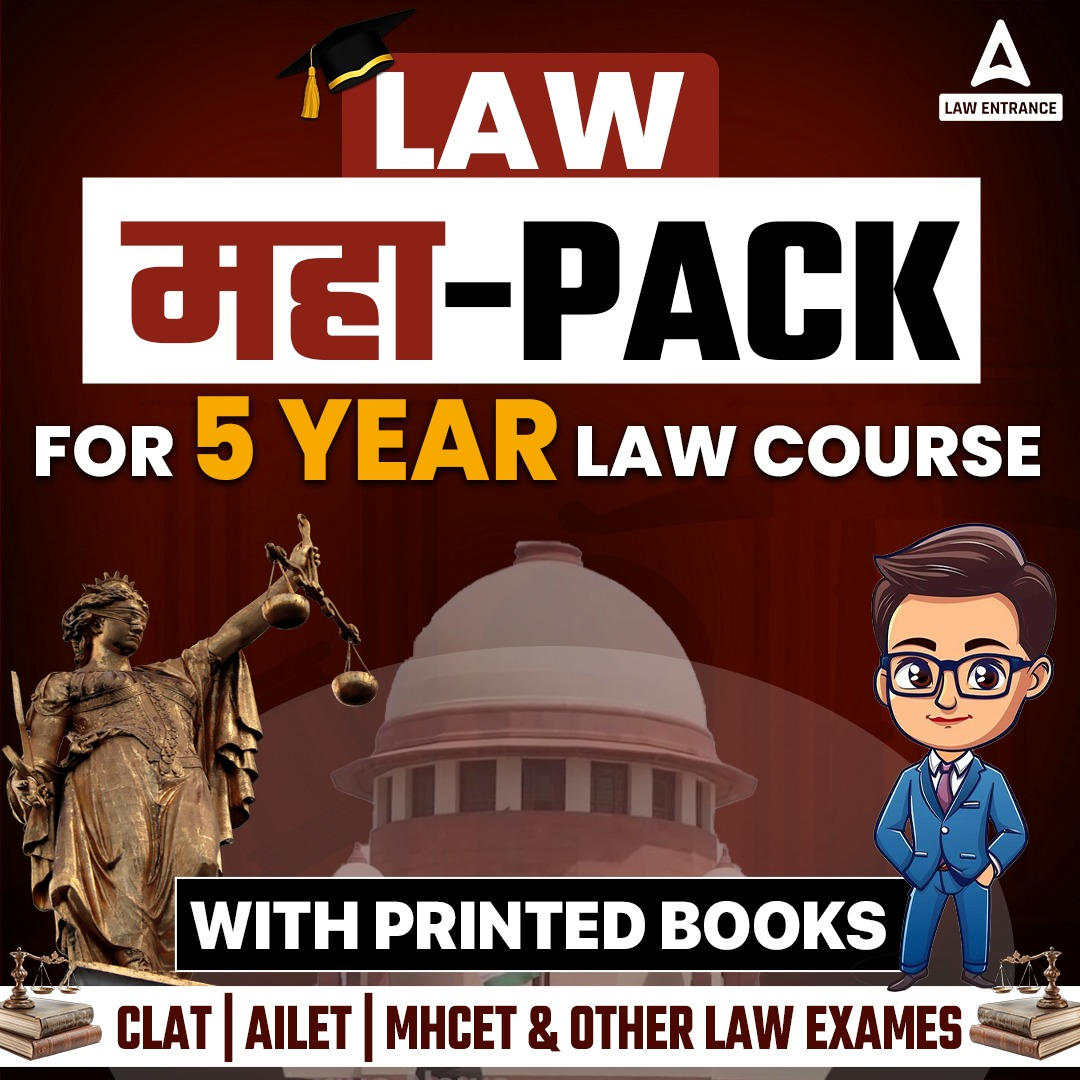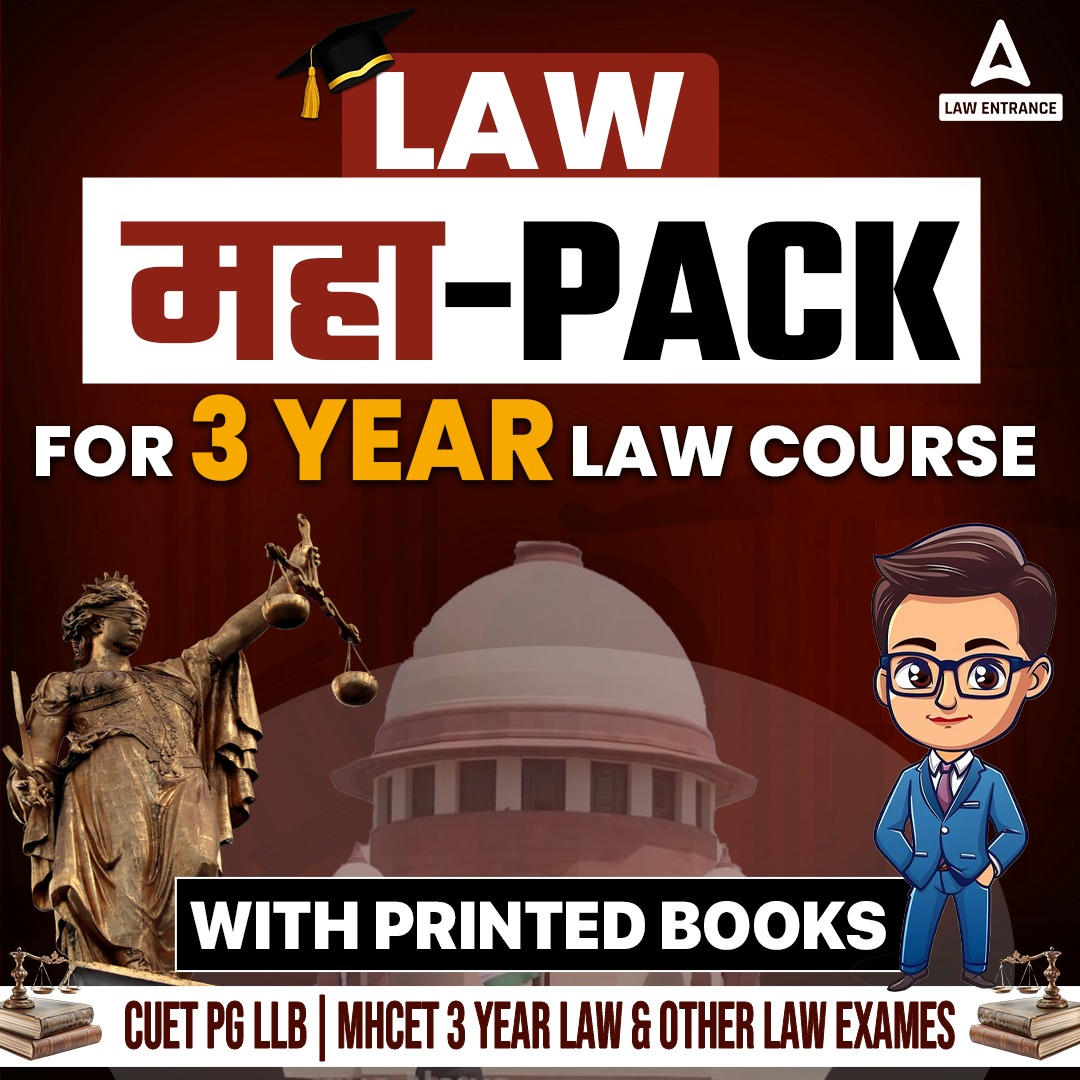CBSE Class 11 Political Science Syllabus 2025-26: Students can view and download the new NCERT Class 11 Syllabus to finish the curriculum. Class 11 Political Science Syllabus 2026 of CBSE Board highlights the essential topics you’ll cover in Indian Constitution and Political Theory, laying the basis for understanding the world of politics. According to the most recent class 11th exam format, the Political Science subject will be divided into two parts: Part A and Part B, with each having equal weightage.
CBSE Class 11 Political Science Syllabus 2025-26
The new CBSE Class 11 Political Science Syllabus 2025-26 covers extensive topics such as the Indian Constitution, Political Theory, and the operation of government institutions. Along with the NCERT Political Science syllabus, CBSE has released the exam pattern for 2025-26. The paper will comprise both short and long answer questions designed to measure students’ conceptual comprehension and analytical ability.
Class 11 Political Science Syllabus 2026 Course Structure
The table below shows the CBSE Class 11 Political Science Syllabus 2026 academic structure.
| Chapter No. | Chapter Name | Marks Allotted |
| PART A – INDIAN CONSTITUTION AT WORK | ||
| 1 | Constitution: Why and How? |
8
|
| 2 | Rights in the Indian Constitution | |
| 3 | Election and Representation | 6 |
| 4 | Executive |
12
|
| 5 | Legislature | |
| 6 | Judiciary | |
| 7 | Federalism | 6 |
| 8 | Local Governments | 4 |
| 9 | Constitution as a Living Document |
4
|
| 10 | The Philosophy of the Constitution | |
| Total | 40 | |
| PART B – POLITICAL THEORY | ||
| 1 | Political Theory: An Introduction | 4 |
| 2 | Freedom |
12
|
| 3 | Equality | |
| 4 | Social Justice | 6 |
| 5 | Rights | 4 |
| 6 | Citizenship |
8
|
| 7 | Nationalism | |
| 8 | Secularism | 6 |
| Total | 40 | |
| TOTAL | 80 | |
NCERT Class 11 Political Science Syllabus 2026
NCERT Class 11 Political Science Syllabus 2026 includes all of the essential subjects, chapters, and themes that students will cover this year, as well as a revised exam structure. Check the detailed syllbus below –
| Chapter No. and Name |
Learning outcome with specific competencies
|
| PART A-INDIAN CONSTITUTION AT WORK | |
| 1 Constitution: Why and How? Why do we need a Constitution? The constitution allows coordination and assurance Specification of decision-making powers Limitations on the powers of government Aspirations and goals of a society Fundamental identity of a people b) The authority of a Constitution Mode of promulgation The substantive provisions of a constitution Balanced institutional design c) How was the Indian Constitution made? Composition of the Constituent Assembly Procedures Inheritance of the nationalist movement Institutional arrangements d) Provisions adapted from Constitutions of different countries |
Appreciate the need for a Constitution. Understand the historical processes and the circumstances in which the Indian Constitution was drafted. Critically evaluate how constitutions, govern the distribution of power in society. Analyze the ways in which the provisions of the Constitution have worked in real political life.
|
| 2 Rights in the Indian Constitution The importance of rights Bill of Rights Fundamental rights in the Indian Constitution Right to Equality Right to Freedom Right against Exploitation Right to Freedom of Religion Cultural and Educational Rights Right to Constitutional Remedies c) Directive principles of state policy what do the directive principles contain? d) Relationship between fundamental rights and directive principles |
Analyse the working of the Constitution in real life Learn to respect others, think critically, and make informed decisions Identify violations of the rights to equality and freedom in the society around them Justify the need for reasonable restrictions on the rights guaranteed. Use freedom of expression to advocate for ensuring rights is given to people around them.
|
| 3 Election and Representation Elections and democracy Election system in India First Past the Post System Proportional Representation Why did India adopt the FPTP system? Reservation of constituencies Free and fair elections Universal franchise and right to contest Independent Election Commission f) Electoral Reforms |
Identify different types and methods of election Develop critical thinking about the role of various stakeholders in ensuring free and fair elections. Demonstrate the innate role played by Election Commission Compare election systems of different countries of the world.
|
| 4 Executive What is an executive? What are the different types of executives? Parliamentary executive in India Power and position of President Discretionary Powers of the President d) Prime Minister and Council of ministers e) Permanent Executive: Bureaucracy |
Recognize the meaning of Executive. Compare and contrast the Parliamentary and Presidential Executive. Analyse the composition and functioning of the executive. Know the significance of the administrative machinery.
|
| PART B-POLITICAL THEORY | |
| 1 Political Theory: An Introduction What is politics? What do we study in political theory? Putting Political theory into practice d) Why should we study political theory? |
Define the term politics and identify various political principles. Explain the innate ideas of various Political theories. Appreciate the contribution of Political Thinkers (example: Jean Jacques Rousseau).
|
| 2 Freedom The Ideal of freedom The sources of Constraints-Why do we need constraints? The Harm Principle d) Negative and Positive liberty |
Appreciate the ideal of freedom. Critically evaluate the dimensions of negative and positive liberty. Demonstrate spirit of enquiry Explain the ideas introduced by J.S. Mill in Harm Principle. Assess the possible limitations on freedom resulting from the social and economic structures of society.
|
| 3 Equality Why does equality matter?
● Equality of opportunities ● Natural and Social Inequalities b) Three dimensions of equality c) Feminism, Socialism d) How can we promote equality? |
Understand the moral and political ideals of equality. Assess how equality is perceived through different ideologies Recognize the means and methods to promote equality. Evaluate the possible solutions to minimise inequality.
|
| 4 Social Justice What is Justice?
● Equal Treatment for Equals ● Proportionate Justice ● Recognition of Special Needs b) Just distribution c) John Rawls’s Theory of Justice d) Pursuing Social Justice e) Free Markets versus State Intervention |
Classify the different dimensions of justice. Appreciate the measures taken by the government of India to secure social justice. Enlist the basic minimum requirements of people for living a healthy and productive life. State John Rawls’ theory of the veil of ignorance.
|
NCERT Class 11 2026 Political Science PDF Download
Download the Class 11 Political Science Syllabus now for a thorough description and understand the changing academic requirements. Keep up with the latest academic changes and make sure your preparation meets current expectations.
| Subject | Download PDF |
| Political Science | Click Here |

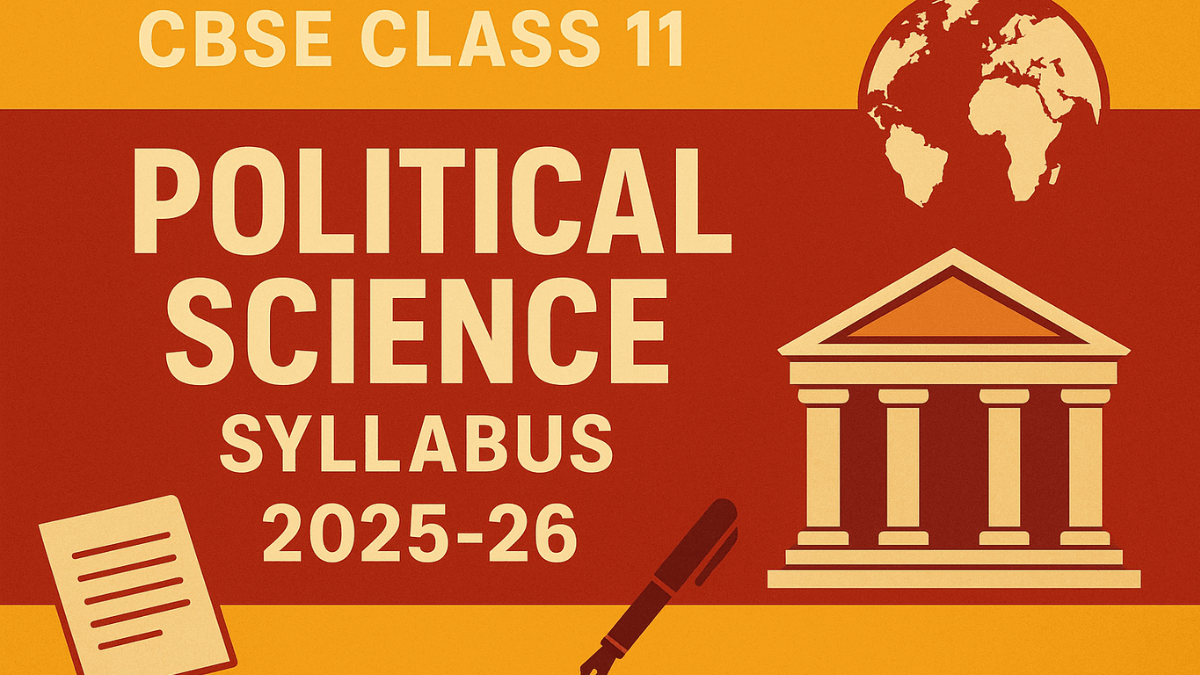

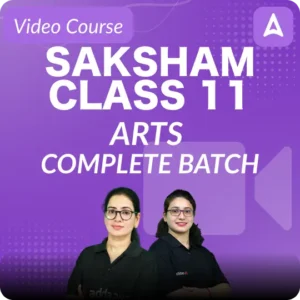


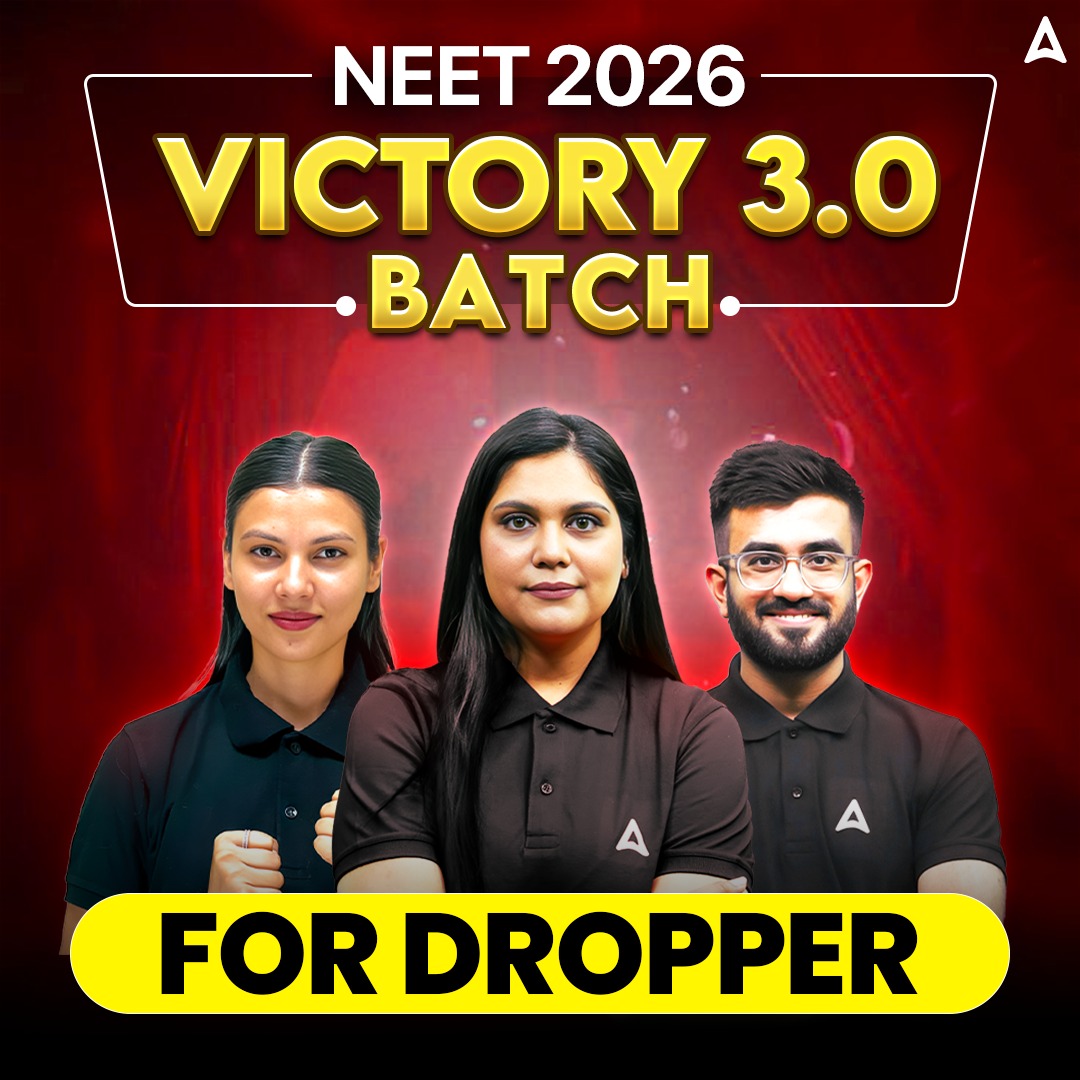




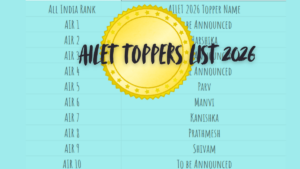 AILET 2026 AIR 1: Check Full Toppers Lis...
AILET 2026 AIR 1: Check Full Toppers Lis...
 AILET Result 2026 OUT, How to Download S...
AILET Result 2026 OUT, How to Download S...
 CUET PG Crash Course 2026: Subject-Wise ...
CUET PG Crash Course 2026: Subject-Wise ...
